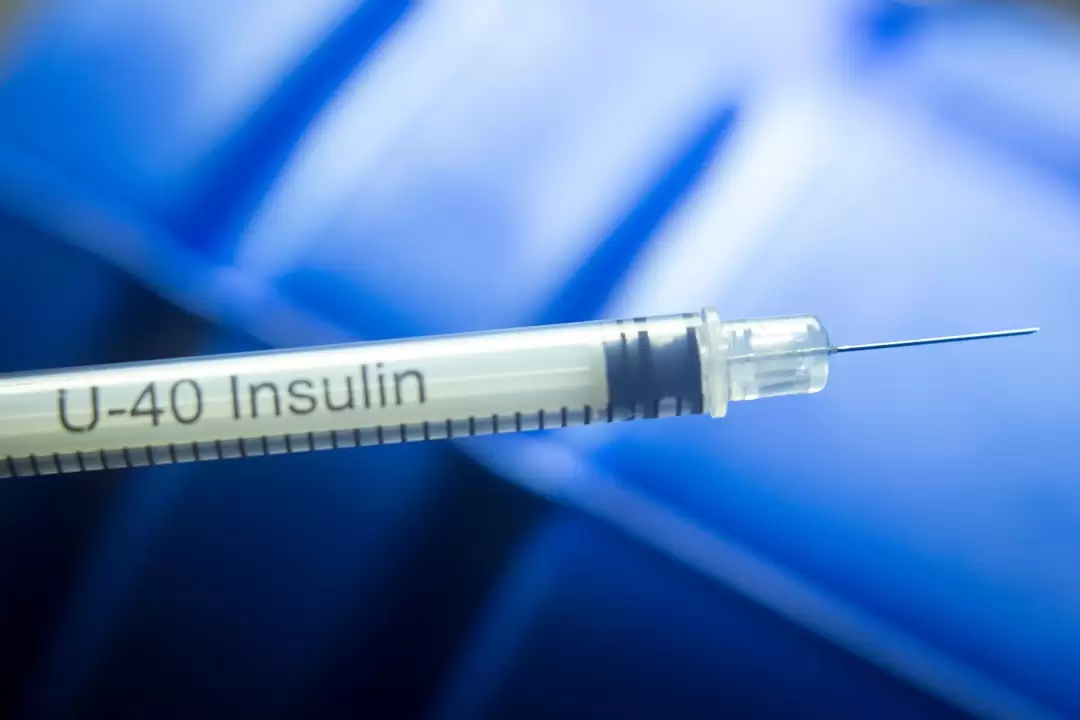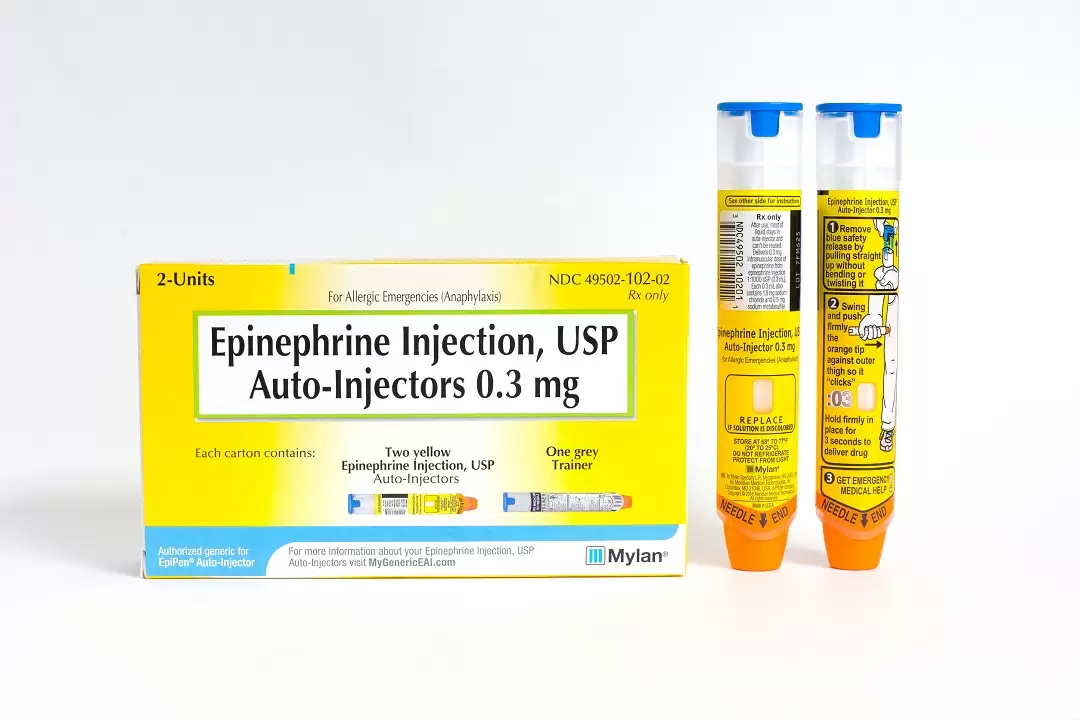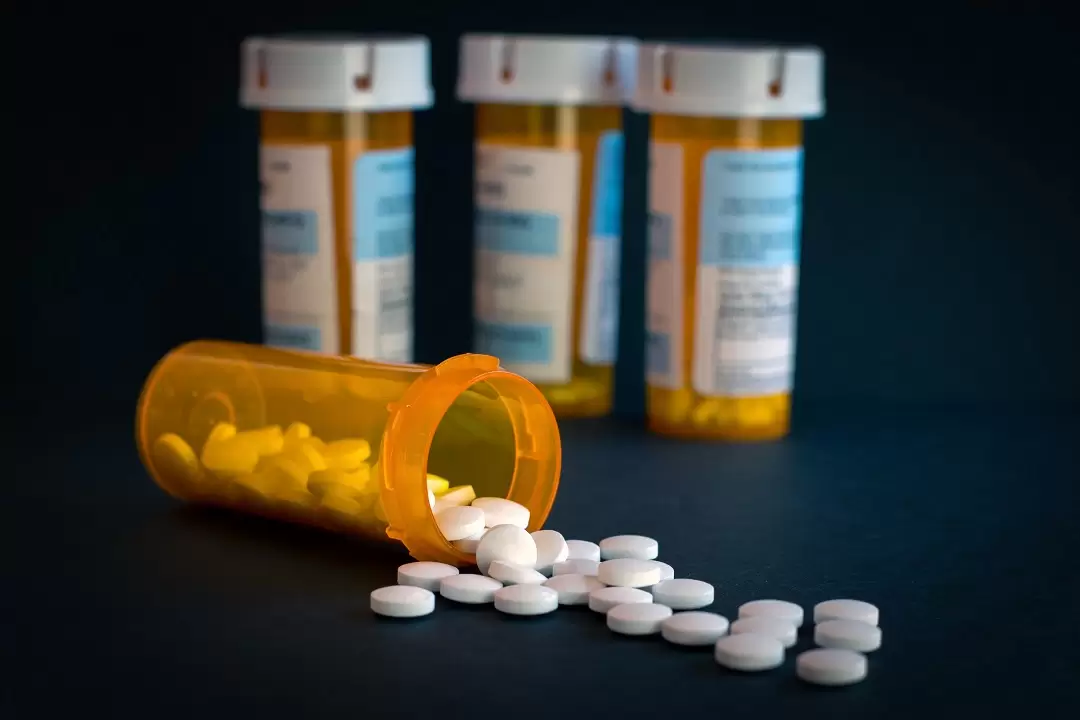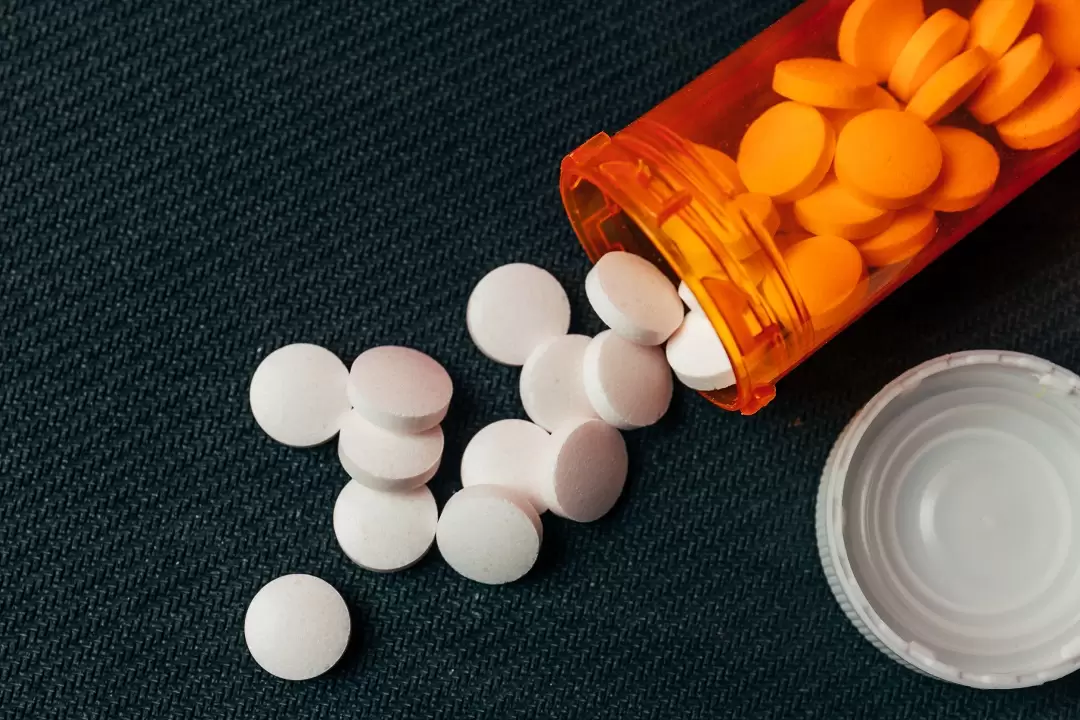 The high cost of prescription drugs is a significant issue affecting millions of people worldwide. Despite advances in medical science, many essential medications remain prohibitively expensive. This article explores ten prescription drugs that cost more than they should. We also examine the factors contributing to their high prices and the impact on patients.
The high cost of prescription drugs is a significant issue affecting millions of people worldwide. Despite advances in medical science, many essential medications remain prohibitively expensive. This article explores ten prescription drugs that cost more than they should. We also examine the factors contributing to their high prices and the impact on patients.
1. Insulin
 Insulin, a lifesaving medication for people with diabetes, has seen its prices skyrocket in recent years. Despite being discovered nearly a century ago, insulin’s cost continues to rise, making it unaffordable for many who rely on it daily. This is particularly concerning for those without adequate health insurance or with high deductibles.
Insulin, a lifesaving medication for people with diabetes, has seen its prices skyrocket in recent years. Despite being discovered nearly a century ago, insulin’s cost continues to rise, making it unaffordable for many who rely on it daily. This is particularly concerning for those without adequate health insurance or with high deductibles.
The high cost of insulin is often attributed to a lack of competition and the complex supply chain involved in its production and distribution. Patent protections and the market dominance of a few major pharmaceutical companies also play significant roles, limiting the availability of more affordable generic options.
2. EpiPens
 EpiPens, used to treat severe allergic reactions, have also experienced dramatic price increases. The cost of a two-pack EpiPen has risen by more than 500% over the past decade, placing a heavy financial burden on individuals with life-threatening allergies. For many families, drugs that cost more means making difficult choices about purchasing these essential devices.
EpiPens, used to treat severe allergic reactions, have also experienced dramatic price increases. The cost of a two-pack EpiPen has risen by more than 500% over the past decade, placing a heavy financial burden on individuals with life-threatening allergies. For many families, drugs that cost more means making difficult choices about purchasing these essential devices.
The primary reasons for the high cost of EpiPens include market monopolies and the lack of competition. Efforts to introduce generic versions have faced regulatory and legal challenges, allowing the prices to remain inflated.
3. Cancer Medications
 Cancer treatments are among the most expensive prescription drugs, often costing tens of thousands of dollars per month. These high costs can be attributed to the extensive research and development required to bring new cancer therapies to market. However, the financial burden on patients and their families can be devastating.
Cancer treatments are among the most expensive prescription drugs, often costing tens of thousands of dollars per month. These high costs can be attributed to the extensive research and development required to bring new cancer therapies to market. However, the financial burden on patients and their families can be devastating.
While breakthroughs in cancer treatment have significantly improved patient outcomes, the prohibitive costs limit access to these life-saving drugs. Insurance coverage varies, and out-of-pocket expenses can be overwhelming, leading to financial hardship for many patients.
4. Hepatitis C Treatments
 The introduction of direct-acting antivirals (DAAs) has revolutionized the treatment of hepatitis C, offering high cure rates exceeding expectations. However, these medications come with a hefty price tag of tens of thousands of dollars for a full course of treatment. The high cost has sparked debates about access and affordability.
The introduction of direct-acting antivirals (DAAs) has revolutionized the treatment of hepatitis C, offering high cure rates exceeding expectations. However, these medications come with a hefty price tag of tens of thousands of dollars for a full course of treatment. The high cost has sparked debates about access and affordability.
The pricing strategy for hepatitis C treatments reflects the significant investment in research and the perceived value of a cure. However, the high costs have led to rationing and restricted access, particularly for uninsured and underinsured patients.
5. Multiple Sclerosis (MS) Drugs
 Multiple sclerosis drugs, essential for managing the symptoms and progression of the disease, are also among the most expensive medications. Treatments like disease-modifying therapies (DMTs) can cost tens of thousands of dollars per year. The high cost creates barriers to access for many patients.
Multiple sclerosis drugs, essential for managing the symptoms and progression of the disease, are also among the most expensive medications. Treatments like disease-modifying therapies (DMTs) can cost tens of thousands of dollars per year. The high cost creates barriers to access for many patients.
The pricing of MS drugs is influenced by the complexity of the disease and the limited number of effective treatments available. Pharmaceutical companies often justify drugs that cost more by citing the need to recoup research and development costs, but this leaves many patients struggling to afford their medications.
6. Rheumatoid Arthritis Medications
 Biologic drugs used to treat rheumatoid arthritis are effective but come with high price tags. Medications like Humira and Enbrel are very expensive, making them inaccessible for some patients. These costs can lead to significant financial strain, especially for those without comprehensive insurance coverage.
Biologic drugs used to treat rheumatoid arthritis are effective but come with high price tags. Medications like Humira and Enbrel are very expensive, making them inaccessible for some patients. These costs can lead to significant financial strain, especially for those without comprehensive insurance coverage.
The high cost of rheumatoid arthritis medications is driven by the expensive and complex manufacturing processes required for biologics. Additionally, limited competition and patent protections contribute to drugs that cost more, restricting patient access.
7. Antiviral Drugs for HIV/AIDS
 Antiviral drugs have transformed HIV/AIDS from a fatal disease to a manageable chronic condition. However, the cost of these medications remains high, with annual treatment expenses reaching tens of thousands of dollars. This financial burden can be particularly challenging for those living in low-income regions or without sufficient insurance coverage.
Antiviral drugs have transformed HIV/AIDS from a fatal disease to a manageable chronic condition. However, the cost of these medications remains high, with annual treatment expenses reaching tens of thousands of dollars. This financial burden can be particularly challenging for those living in low-income regions or without sufficient insurance coverage.
Pharmaceutical companies often justify the high prices of HIV/AIDS medications by pointing to the significant investment in research and the continuous need for drug development to combat resistance. However, these costs can prevent many individuals from accessing the treatments they need.
8. Asthma Inhalers
 Asthma inhalers, essential for managing asthma symptoms and preventing attacks, have seen significant price increases. Inhalers can cost hundreds of dollars for each unit, making them unaffordable for some patients, especially those with high-deductible health plans or no insurance.
Asthma inhalers, essential for managing asthma symptoms and preventing attacks, have seen significant price increases. Inhalers can cost hundreds of dollars for each unit, making them unaffordable for some patients, especially those with high-deductible health plans or no insurance.
The high cost of asthma inhalers is partly due to the combination of drugs they contain and the proprietary delivery mechanisms. Limited generic competition and patent protections also play a role, allowing manufacturers to maintain high prices.
9. Cholesterol-Lowering Drugs
 Cholesterol-lowering drugs, particularly newer medications like PCSK9 inhibitors, are highly effective but extremely expensive. These high costs can deter patients from adhering to their prescribed treatments, potentially leading to worse health outcomes.
Cholesterol-lowering drugs, particularly newer medications like PCSK9 inhibitors, are highly effective but extremely expensive. These high costs can deter patients from adhering to their prescribed treatments, potentially leading to worse health outcomes.
The high cost of these medications reflects the advanced technology and research involved in their development. However, the financial burden on patients raises concerns about affordability and access, particularly for those on fixed incomes or with inadequate insurance.
10. Orphan Drugs
 Orphan drugs, designed to treat rare diseases, often come with exorbitant price tags. Due to the small patient populations they serve, the cost of developing and manufacturing these drugs is spread over fewer people, resulting in drugs that cost more. Some orphan drugs can cost hundreds of thousands of dollars per year.
Orphan drugs, designed to treat rare diseases, often come with exorbitant price tags. Due to the small patient populations they serve, the cost of developing and manufacturing these drugs is spread over fewer people, resulting in drugs that cost more. Some orphan drugs can cost hundreds of thousands of dollars per year.
While orphan drugs provide critical treatments for rare diseases, their high costs can limit access and place significant financial strain on patients and their families. Efforts to balance affordability and the need for continued innovation in this area are ongoing but challenging.
Addressing the High Cost of Prescription Drugs
 The high cost of prescription drugs is a complex issue influenced by various factors, including research and development, market monopolies, and regulatory challenges. For many patients, drugs that cost more create barriers to accessing necessary treatments, leading to financial hardship and adverse health outcomes. Addressing this issue requires a multifaceted approach, involving policy changes, increased competition, and efforts to enhance transparency and affordability in the pharmaceutical industry. By understanding the reasons behind high drug prices and advocating for change, we can work towards a more equitable and accessible healthcare system for all.
The high cost of prescription drugs is a complex issue influenced by various factors, including research and development, market monopolies, and regulatory challenges. For many patients, drugs that cost more create barriers to accessing necessary treatments, leading to financial hardship and adverse health outcomes. Addressing this issue requires a multifaceted approach, involving policy changes, increased competition, and efforts to enhance transparency and affordability in the pharmaceutical industry. By understanding the reasons behind high drug prices and advocating for change, we can work towards a more equitable and accessible healthcare system for all.
15 Misconceptions About Mental Health in the Workplace
12 Health Myths That Keep Fooling Us: Here’s Why They’re Wrong

Toi Williams began her writing career in 2003 as a copywriter and editor and has authored hundreds of articles on numerous topics for a wide variety of companies. During her professional experience in the fields of Finance, Real Estate, and Law, she has obtained a broad understanding of these industries and brings this knowledge to her work as a writer.

